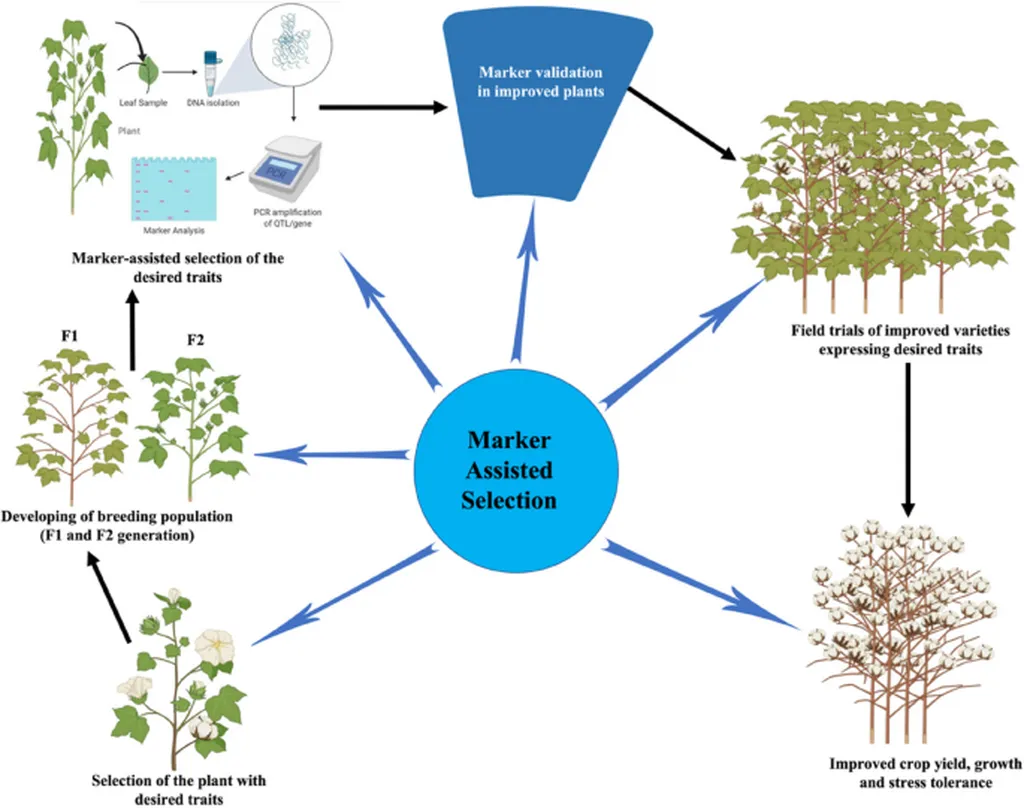In the heart of Bulgaria, a groundbreaking study is reshaping our understanding of energy dynamics in agricultural landscapes, with significant implications for the energy sector. Led by Martin Nenov of the Institute of Soil Science, Agrotechnology and Plant Protection “N. Pushkarov” in Sofia, the research focuses on the ever-changing elements of the energy balance in a cotton field, specifically on Haplic Vertisols—a type of soil known for its high clay content and unique physical properties.
The study, published in the journal *Soil Science, Agrochemistry, and Ecology* (translated from ‘Почвознание, агрохимия и екология’), highlights the critical role of evapotranspiration, moisture, and thermal regimes in the soil-vegetation-atmosphere system. These elements are not static; they fluctuate both temporally and spatially, presenting a complex puzzle that scientists are now better equipped to solve.
Nenov and his team employed mobile measuring complexes to conduct express and prolonged electronic measurements across geographically distributed points. These sophisticated tools not only gather data but also process it on-site, transmitting valuable information via local networks and the Internet to the Remote Sensing Application Center (ReSAC). This real-time data collection and transmission capability is a game-changer, enabling the creation of detailed GIS humidity and heat maps of soils and vegetation cover in agricultural areas.
“The ability to monitor these dynamic elements in real-time allows us to better understand the energy balance in agricultural landscapes,” Nenov explains. “This understanding is crucial for optimizing agricultural practices and mitigating risks in agricultural production.”
The implications for the energy sector are profound. Accurate mapping of soil humidity and heat can inform more efficient irrigation practices, reducing water waste and energy consumption. Additionally, understanding the thermal regimes of soils can aid in the development of more effective renewable energy solutions, such as geothermal energy systems.
Nenov’s research also opens the door to risk analysis in agricultural production. By identifying areas prone to drought or excessive heat, farmers and energy providers can take preemptive measures to protect crops and optimize energy use. This proactive approach can lead to more sustainable agricultural practices and a more resilient energy infrastructure.
As we look to the future, the insights gained from this study could shape the development of smart agricultural systems that integrate real-time data to optimize energy use and improve crop yields. The potential for innovation is vast, and the energy sector stands to benefit greatly from these advancements.
In the words of Nenov, “This research is just the beginning. The data we collect and the maps we create are tools that can be used to build a more sustainable future for agriculture and energy.” As we continue to explore the dynamic interplay between soil, vegetation, and the atmosphere, the possibilities for innovation and improvement are endless.

